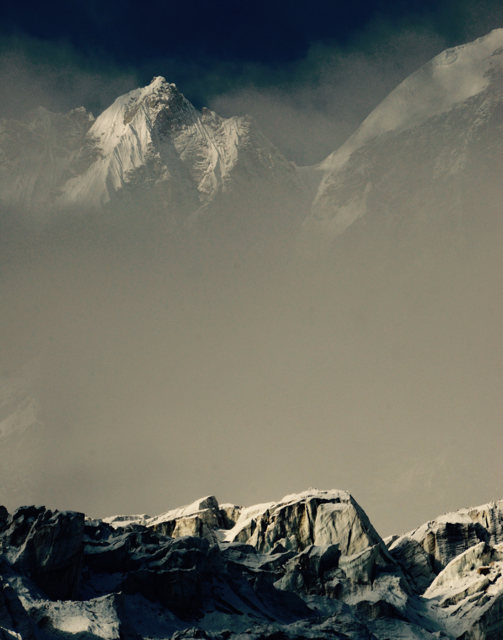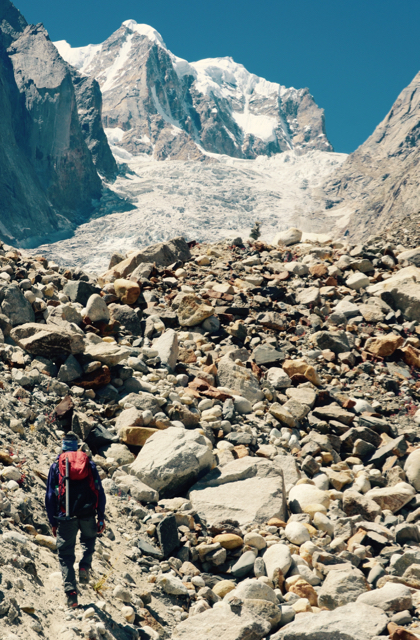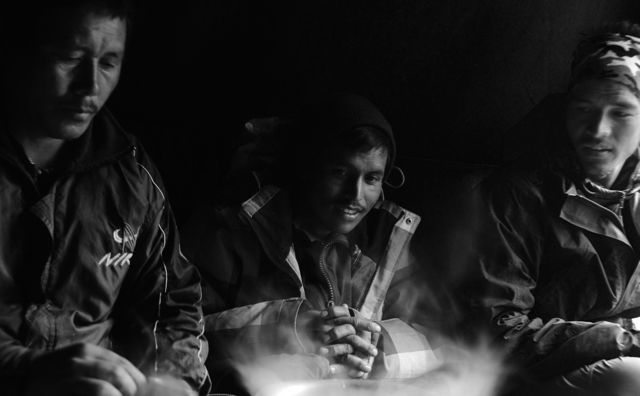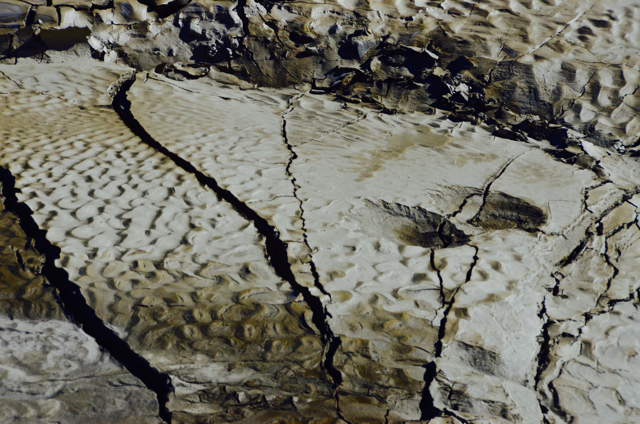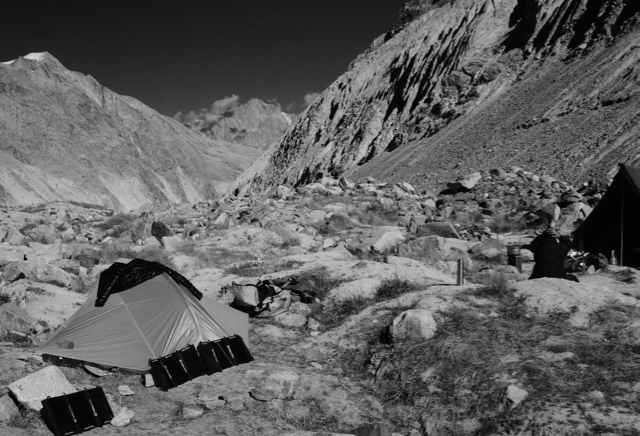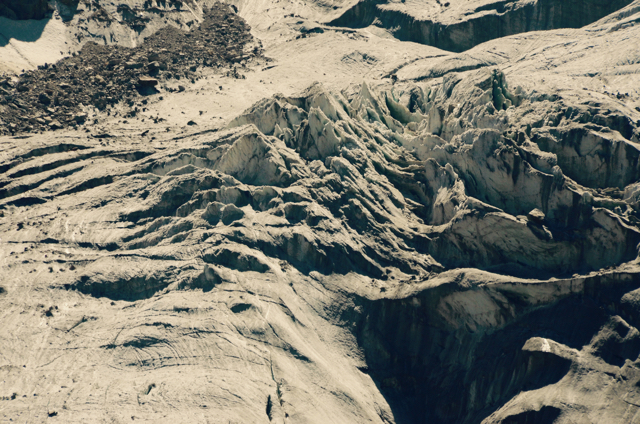Preparation Notes…and Tea
Stirring through some cakes and balls of tea deciding on the leaves to take on this upcoming venture to the Himalayan Headwaters of the great Ganga, the sacred life giving Ganges River. A 2,527 km river of water that sluices through the Indo-Gangetic Plain and discharges close to 40 thousand cubic metres of water per second (third in the world).
This journey, beyond all of the stuff needed, beyond fabrics and fixed items of steel and aluminum, begins as so many do: selecting a bunch of dried leaves of camellia sinensis, and deciding which flavours to bring. Two cakes of ancient tree He Kai are stacked and ready, lying flat in their mulberry paper wrappings. A hand made ceramic tea pot and cup sit next to the compacted teas. Pungent with wonderful finishes this tea is tested, true, and entirely needed on long journeys.
Known as ‘traveller teas’ these selections of mine are not at all random. They are part need, a little bit of panacea, and part joy. These leaves are mates that will be along side my every step. Desiccated leaves that are an elixir and ritual, I could not imagine a journey without them. Potent and as perfect a fuel as I can hope for, they will nourish the early morning exits from the tent and they will stimulate the entire system in the withering high altitude afternoons.
For the upcoming journey Debra Tan of China Water Risk and I will spend a month along with a mountain team of locals traipsing and tracing the great burrowing force of water, the Ganga (Ganges) River to one of its vivid sources. The ‘source’ of the Ganges River, the Bhagarathi River, forms at the base of the Gangotri Glacier at Gomukh at 3,895 metres in the state of Uttarakhand in the Indian Himalaya. We are following up last year’s ascent to the Bara Shigri glacier in Himachal Pradesh, and the Lasermo glaciers west of Leh in Ladakh to explore yet another of the precious bodies of ice. Beginning September 19th of this year, an extraordinary team of locals will join erudite Kapil Negi and us to begin this journey to – in my words at least – the glaciers’ breath. This name came about standing years’ ago at the base of a great body of moraine ice, feeling this powerful and ever present ‘whoosh’ of wind blowing down.
The Ganges in all of its names wrests its way out of rock and ice at Gomukh (Mouth of a Cow) in Uttarakhand State, which is our ultimate destination. We will trace and document the river, its watershed, and the souls who live along its barreling corridors to give some texture to this source of so much life.
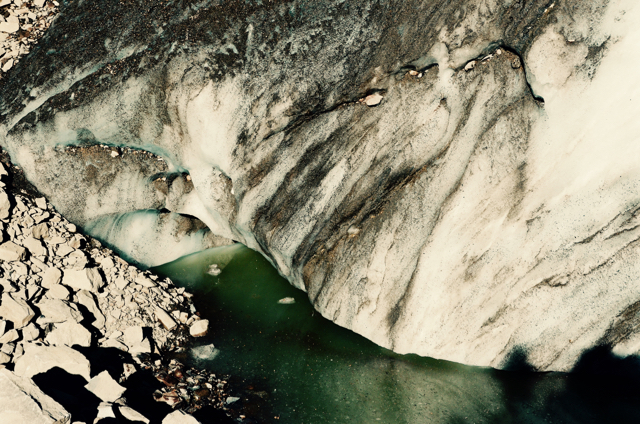
Many ‘sources’ of water aren’t raging eruptions but rather solid sheets of ice and crumbling moraine and glaciers that few see.
Sources of rivers are rarely seen or acknowledged and it is perhaps more clearly in the sources that one can feel the absolute core vibrancy and life of what is known as पानी – paanee – ‘water’ in Hindi. It is said often in India that “water is life”. This journey is to travel to a source of so much life.
From the ancient city and portal to the Himalayas, Rishikesh, we move to Uttarkashi on the banks of the Bhagirathi River, towards our ultimate destination of the terminus of the Gangotri/Gangautri glacier. This past summer it is reported that a segment of the snout or terminus was obliterated following heavy rains. The source, like all else, is in flux. Our journey will take in this flux and the ever-changing spaces.
Along with the cakes of tea, aluminum bits, layers of wool and wires of every sort I’ll be shooting with a Samxung Gear360 camera to get as much dimension and dynamism as possible of this changing landscape.
Tea and curiosity fueled, the journey is as much about simply being there as it will be about retrieving imagery and impressions of the Ganges and its precious people. Meditation caves and the shadows of the nearby Meru and Nanda Devi peaks will mark the lands we pass through on our way to the gushing mouth of the source of the great Ganga.


